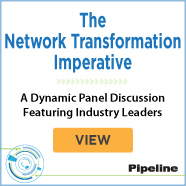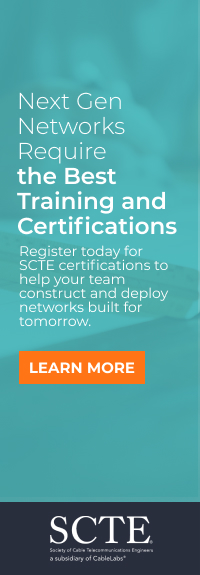AI’s Frenetic Pace and its Impact on
Data Center Optimization
Imagine dynamic redundancy models that could adapt protection levels to current needs. Systems would automatically increase redundancy during high-demand phases and reduce it during light loads, aligning protection with actual risk rather than theoretical worst-case scenarios.
Immediate Power Solutions (IPS) enable a more intelligent approach to redundancy. Rather than massively overprovisioning for theoretical peak demands, IPS allows infrastructure to be right-sized for normal operation while still meeting peak demand during microsecond-scale power surges. This capability supports dynamic redundancy models that can adapt protection levels to current needs, automatically increasing redundancy during high-demand phases and reducing it during light loads, aligning protection with actual risk rather than theoretical worst-case scenarios.
This approach addresses the fundamental inefficiency of traditional redundancy models, where excess capacity remains idle during off-peak periods. By enabling real-time response to power fluctuations, advanced power solutions allow operators to optimize both performance and efficiency simultaneously.
The Integrated Future: Sustainability and Performance
Success in AI infrastructure requires managing all elements of datacenter operations at a next level of integrated control, including power, cooling, and compute. High-efficiency power solutions must integrate renewable energy with real-time responsiveness. Advanced cooling must manage extreme thermal loads without overwhelming power systems. AI orchestration platforms must dynamically manage resources across all systems simultaneously.
Data center operators face increasing challenges to meet their carbon footprint reduction targets while supporting exponentially growing AI demands. Additionally, the regulatory landscape is also driving innovation, particularly in the European Union, where data center performance metrics are being reevaluated with the likelihood of mandates for public reporting of performance metrics. Immediate Power Solutions like NiZn technologies show promise to reduce the energy consumption of a data center associated with GPU power transients and thereby reduce a data center's electricity-related greenhouse gas emissions.
This integration extends to architectural philosophy. Rack-level batteries must work seamlessly with facility-wide power management. Virtualized compute must scale elastically while maintaining performance. Dynamic redundancy must evolve continuously rather than remain fixed at design time.
Continuous Evolution as Strategy
AI development continues accelerating, creating ever-more-demanding workloads. Market dynamics reinforce this urgency. As AI capabilities become widespread, competitive advantage will increasingly depend on infrastructure efficiency. Organizations with optimized data center operations can offer AI services at lower costs while maintaining higher margins and better service reliability. Infrastructure must evolve equally fast, treating optimization as continuous adaptation rather than discrete upgrades. Successful organizations will embrace AI's complexity instead of forcing it into traditional operational models.
The competitive advantage goes to operators who invest in intelligent, adaptive systems that prioritize efficiency and sustainability alongside performance. These infrastructure choices determine competitiveness for years to come – and the payoff extends beyond operational efficiency to greater resilience, lower costs despite higher demands, and readiness for AI applications not yet imagined.



















